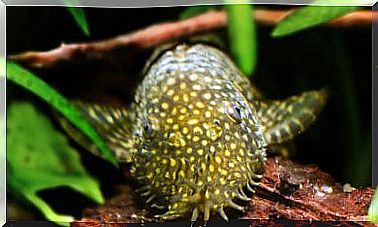Animals That Live In The Deep Sea
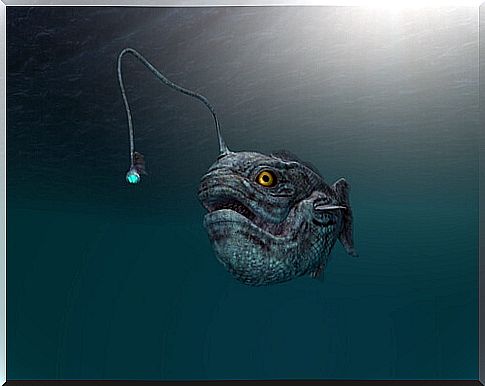
The oceans are one of the least explored parts of planet Earth. We know that in its depths there is a great variety of life and we know that we are very far from knowing it in its entirety. Here we show you in some brushstrokes of what we do know about the animals that live in the deep sea.
Deep sea
The ocean is huge. Three-quarters of the planet is covered with water and of these it is estimated that we only know 5%. This is because it is difficult to access these places, and that only with special equipment and highly trained scientists can access this place.
When we speak of deep sea or abyssal we refer to the space of the oceans that is between 4,000 and 6,000 meters deep. In this area, light does not penetrate and temperatures fluctuate around two degrees Celsius.
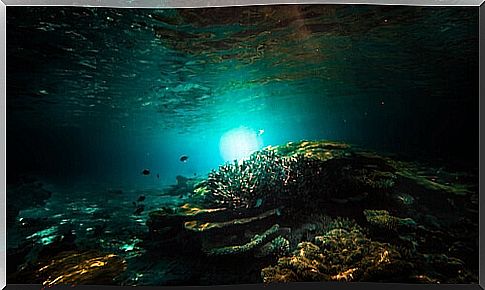
There are places deeper than the abyssal zone. The marine trenches, which reach up to 12 kilometers deep; they are especially deep places where two tectonic plates converge. They are rare special sites that host their own fauna.
Characteristics of animals that live in the deep sea
The animals that appear in the abyssal depths are very varied and come from many different families. However, the harsh living conditions that exist under the ocean mean that they have certain characteristics in common.
The lack of sunlight prevents photosynthesis and any kind of plant species to grow. The abyssal fauna is fed mainly by hunting. Those who do not hunt feed on the remains of animals on the surface that gradually submerge.
The appearance of these animals often seems monstrous to us. Due to the lack of light, many have developed large, unusual-looking eyes; others have developed huge mouths and razor-sharp teeth, sometimes larger than the rest of their bodies.
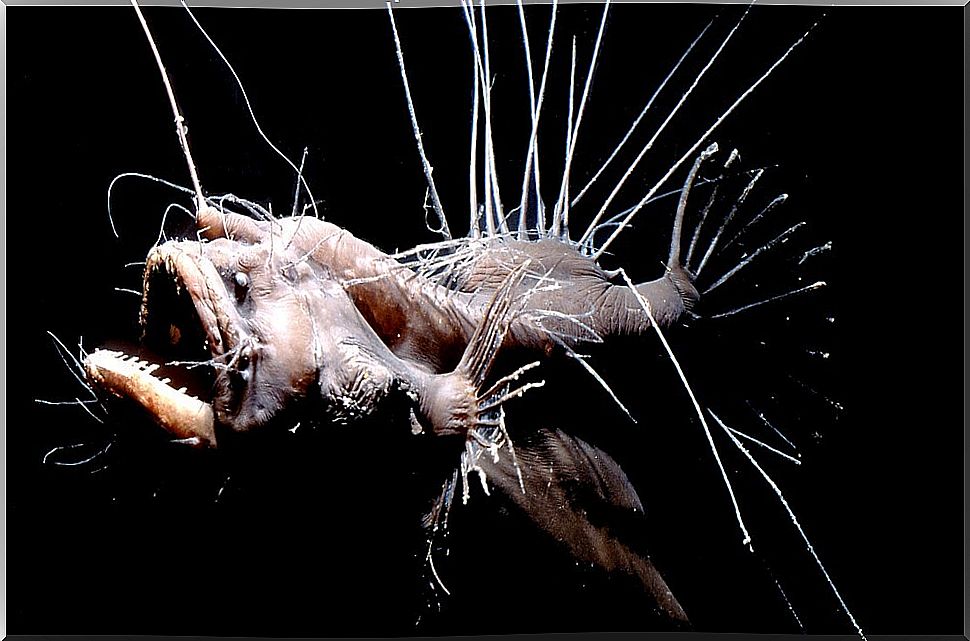
Due to the lack of sunlight, some have developed bioluminescent organs, that is, they are capable of creating light. Some fish have specially prepared antennae to attract their prey with light, and others illuminate their skin to scare off predators.
Gigantism is a common feature in this marine area. Some species are inordinately larger relative to other species on the sea surface; Fish over two meters long or crustaceans that reach 50 centimeters in diameter are two examples.
1. Spiny frogfish
The pejesapo – two paragraphs above – is one of the animals living in the depths of the sea with the most terrifying appearance. However, it is relatively small: the larger females are only 25 centimeters long. Their ‘spines’ are actually very sensitive organs that detect the movement of their possible prey.
2. Dragon fish
The dragon fish is a species of fish of which there are three recognized subspecies. In general, they are fish with an elongated and flat body and, although the general size depends on each species, the average is between 30 and 40 centimeters long.

The most remarkable thing about this animal is the length of its body, but also the size of its mouth. Their teeth are so sharp and long that in some specimens it has been found that they cannot close their mouth completely.
3. Giant tube worms
Giant tube worms are one of the species affected by gigantism. They are invertebrate beings that form groups at the bottom of the Pacific Ocean and live inside chitinous tubes next to the volcanic chimneys.
They have an extremely slow metabolism, which allows them to be very long-lived: it has been found that they can live up to two and a half centuries. In terms of size, some have reached eight feet in length, but usually only grow to five feet.
They do not have a digestive system: they are nourished by all the bacteria that cover their bodies and help them synthesize food. Without this symbiotic relationship these animals could not survive.
4. Glass squid
Glass squids are a family of cephalopods that get their name from being transparent. They are also known by the name of crystal jellyfish or skulls. Some species live on the surface, but there are some that inhabit waters more than two kilometers deep.
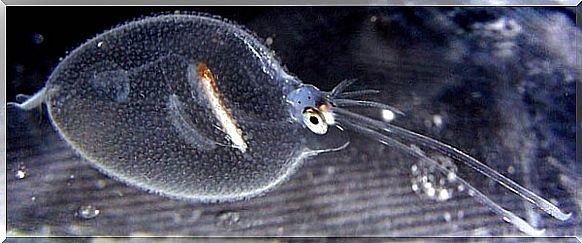
Within this family there are great differences in size, since the smallest measure a few centimeters and the largest reach a couple of meters in length. The shape of the bodies is similar: they have a round body and have short tentacles, in which they have suction cups.
Some species are bioluminescent thanks to organs located on the sides of the eyes; They use this feature to camouflage themselves on the marine base. In general, your entire body is transparent except for one digestive gland located in the center of your body.
The abyssal depths are places of very difficult access on our planet. The little we know about them allows us to assure that, despite being inhospitable places, they harbor a lot of life and the animals that live in the deep sea are surprising.


